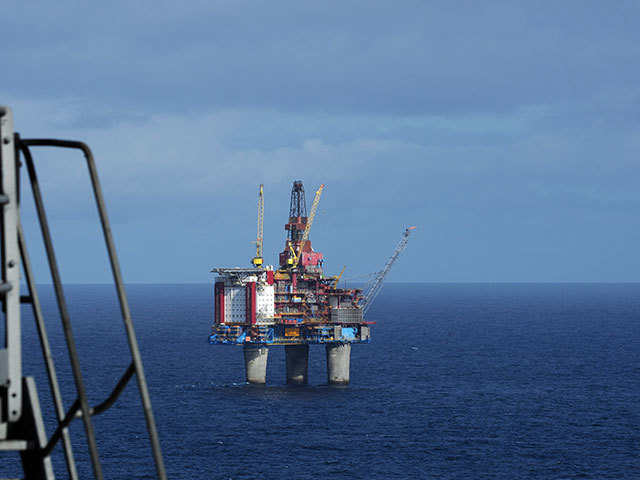
Statoil ASA, Norway’s biggest energy company, reported its first quarterly loss since listing in 2001 after writing down the value of an oil-sands project in Canada and struggling with plunging crude prices.
Statoil’s net loss was 4.7 billion kroner ($727 million) in the third quarter, down from a profit of 14.3 billion kroner a year earlier. The Stavanger-based company reported charges of 13.5 billion kroner. Adjusted net income, which excludes financial items, fell to 9.1 billion kroner from 12.1 billion kroner a year earlier. That missed an estimate of 9.3 billion kroner from a survey of 17 analysts by Bloomberg.
Statoil’s first quarterly loss was reported just two weeks after the chief executive officer for 10 years, Helge Lund, unexpectedly resigned to join smaller U.K. rival BG Group Plc. The impairments in the quarter came after the postponement of the Corner project in Alberta last month amid mounting costs and after exploration failures in the Gulf of Mexico and Angola.
“Earnings were negatively impacted by lower oil and gas prices and our decision to defer gas sales to enhance value,” Eldar Saetre, acting chief executive officer, said in the statement. “Our negative net income in accordance with IFRS relates to quarter-specific items. We delivered strong operational performance and cash generation in the quarter.”
Oil prices have plunged about $30 from a $115 a barrel high in June as global supply, boosted by U.S. shale production, outpaces demand. Benchmark Brent crude averaged $103.6 a barrel in the three months ended Sept. 30, 7 percent lower than the same quarter last year.
Statoil got an average of $91.2 a barrel for oil in the third quarter, down from $102.9 a barrel year ago. Its internal gas price fell to 1.20 krone a cubic meter from 1.78 krone, it said earlier on its website.
The 67 percent state-owned company has vowed to maintain a strategy of cutting costs to raise shareholder returns under Lund’s successor. The company this year scrapped earlier production-growth targets, cut planned spending and started implementing a vast efficiency program in a bid to cover investments and dividends with cash from operations by 2016.
Statoil’s production of oil and gas fell to 1.829 million barrels of oil equivalent a day in the third quarter from 1.852 million barrels in the same period last year as capacity was reduced through asset sales, including a $2.65 billion deal with OMV AG and a $1.45 billion divestment in Azerbaijan’s Shah Deniz project last year. Production beat the average estimate of 1.796 million barrels in a survey of 26 analysts conducted by the company itself and released last week.
Recommended for you
